Tipping at the checkout is nothing new for American shoppers. If you see a touch-screen device at checkout, you can pretty much bet money on being asked if you’d like to leave a tip.
But customers are now being prompted to tip, even if they have had zero interaction with an employee.
Self-Checkouts and Tipping Prompts

It appears that shoppers aren’t free from tipping pressures, even if they’ve done all the work themselves. Tipping screens are becoming a common part of using self-checkout machines.
An article from the Wall Street Journal noted that customers who ring themselves up, bag their own goods and pay without ever interacting with a human staff member are encountering on-screen prompts to tip.
These Prompts Are Everywhere
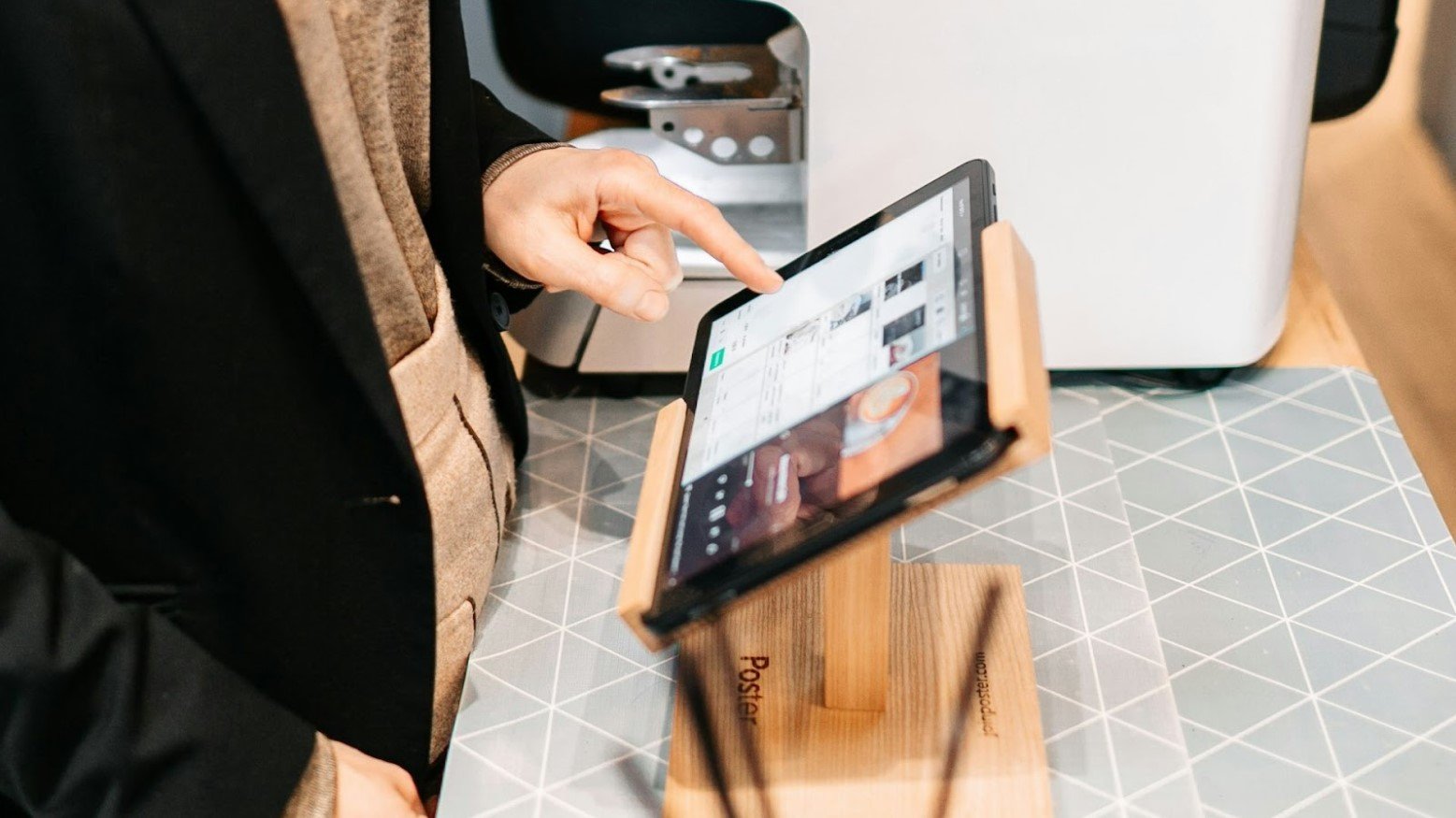
Self-checkout machines are everywhere. Whether you’re at a grocery store, coffee shop, airport, movie theater, or stadium, you’ll probably see an unstaffed self-service machine you can use to complete your purchase and pay for your goods.
Per the Wall Street Journal article, many consumers are being inundated with prompts to leave a 20% tip when using these machines. These prompts leave people feeling emotionally blackmailed.
Tip Options
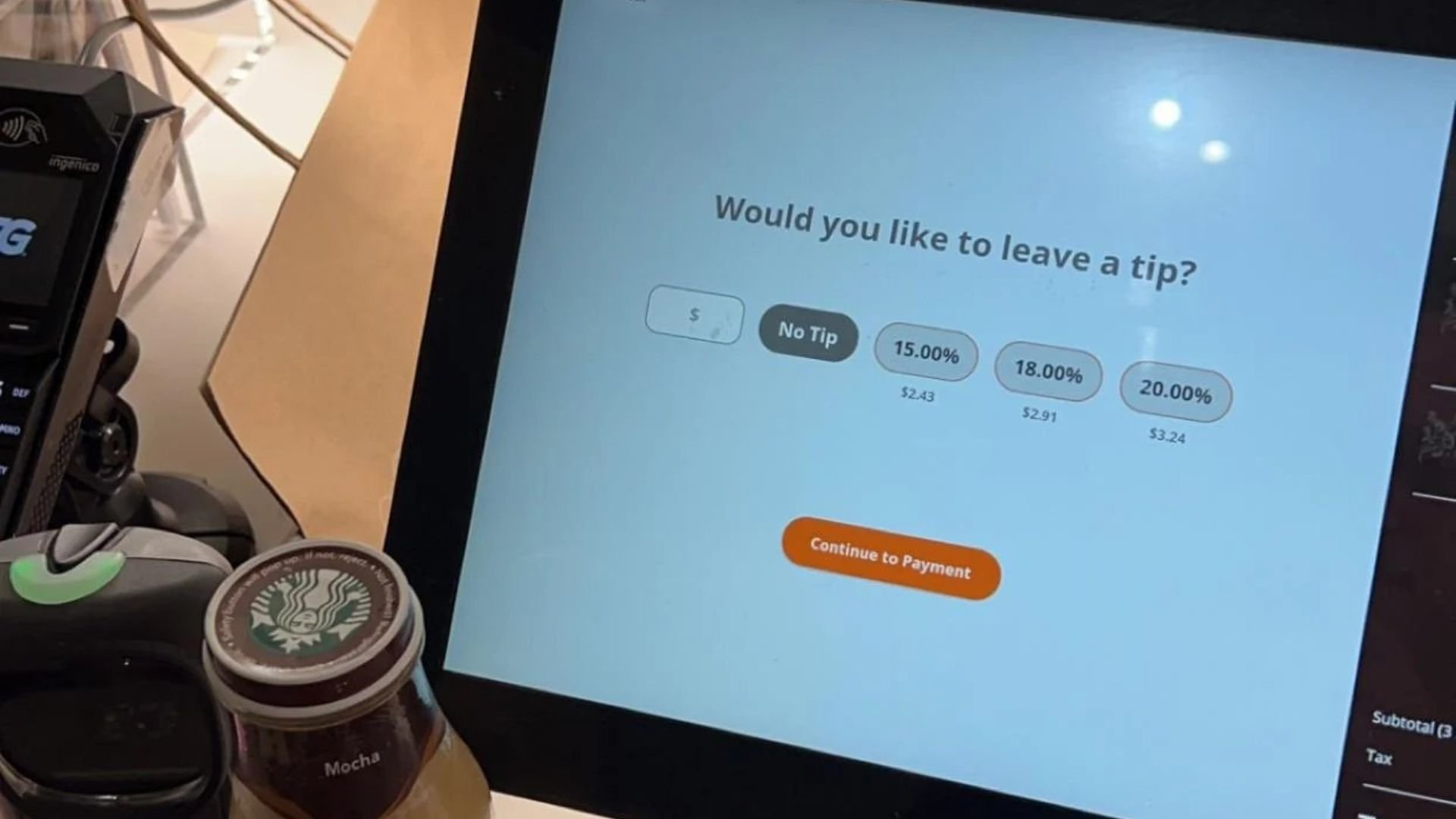
One person who went through a self-checkout machine and was prompted to tip went viral after her post. She was asked to pay a tip on top of the cost of the items and the tax she had to pay on them.
The machine gave her several options for tips: 15%, 18%, or 20%. However, the good news is that she was also given the option not to tip, something that many other self-checkout machines also offer.
Tipping Defeats the Purpose of Self-Checkout

To many, the idea of leaving a tip at a self-checkout machine is completely contrary to the reasons for having these machines in the first place. These automated checkouts serve to replace service staff.
By having them, businesses cut labor costs. The question then becomes, what is the point of asking for a tip and, more importantly, where is this tip going?
Customers Frustrated With Self-Checkout Machines
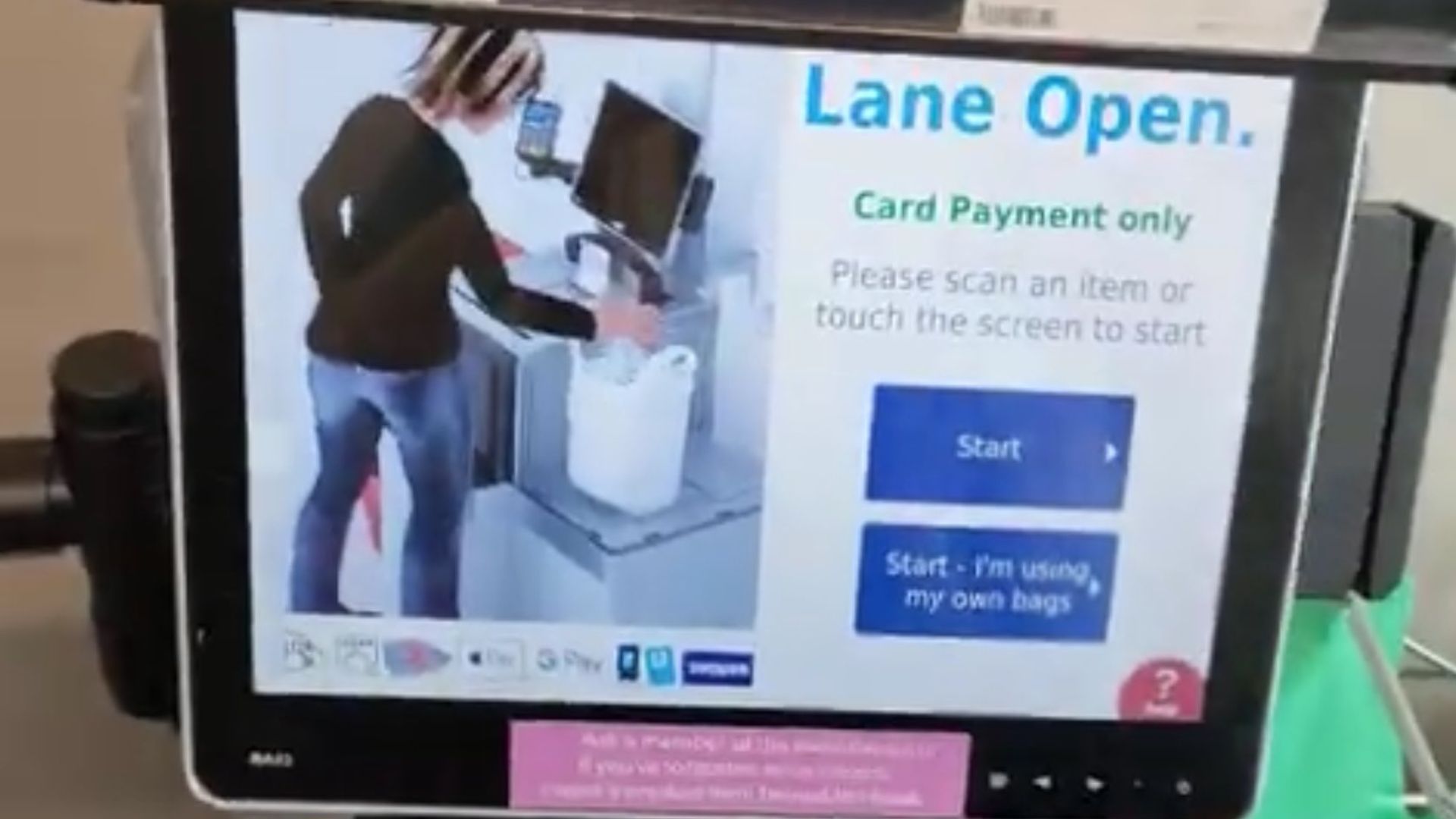
There have been many issues with self-checkout machines in recent years, so customers are beginning to get frustrated with them. What should be a quick and easy experience is turning into a nightmare.
Technological issues, staff losing jobs, and increased theft are just some of the issues caused by self-checkout machines.
Stores Are Removing Self-Checkouts
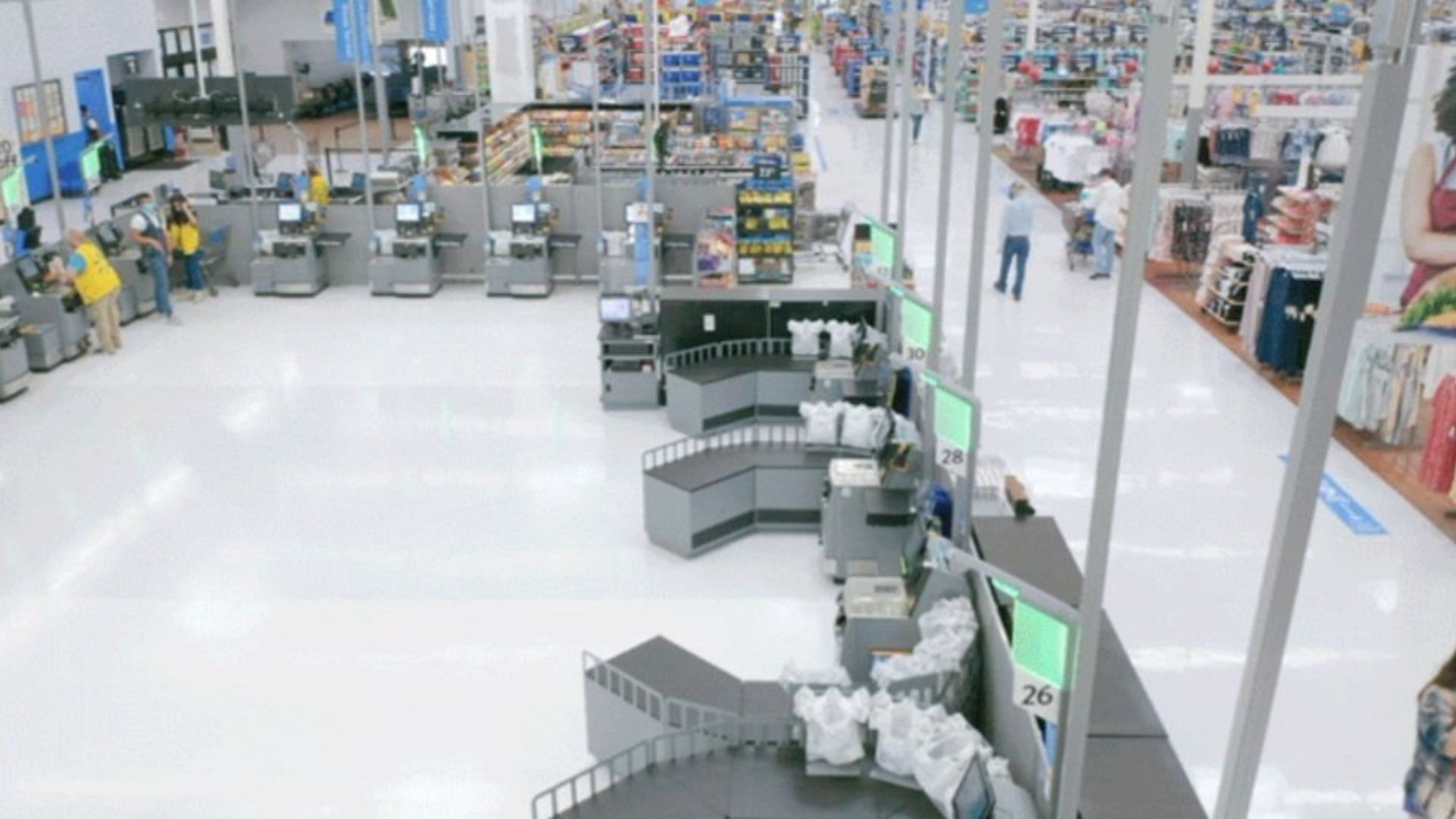
Some stores have even removed their self-checkout machines. Some pretty big names, such as Dollar General, are among those deciding to do this.
The main issues stores are finding is that they still have to pay staff to watch over people using the machines, customers find them challenging to use, and they make it easier for people to steal from the store.
Restrictions on Self-Checkout Machines
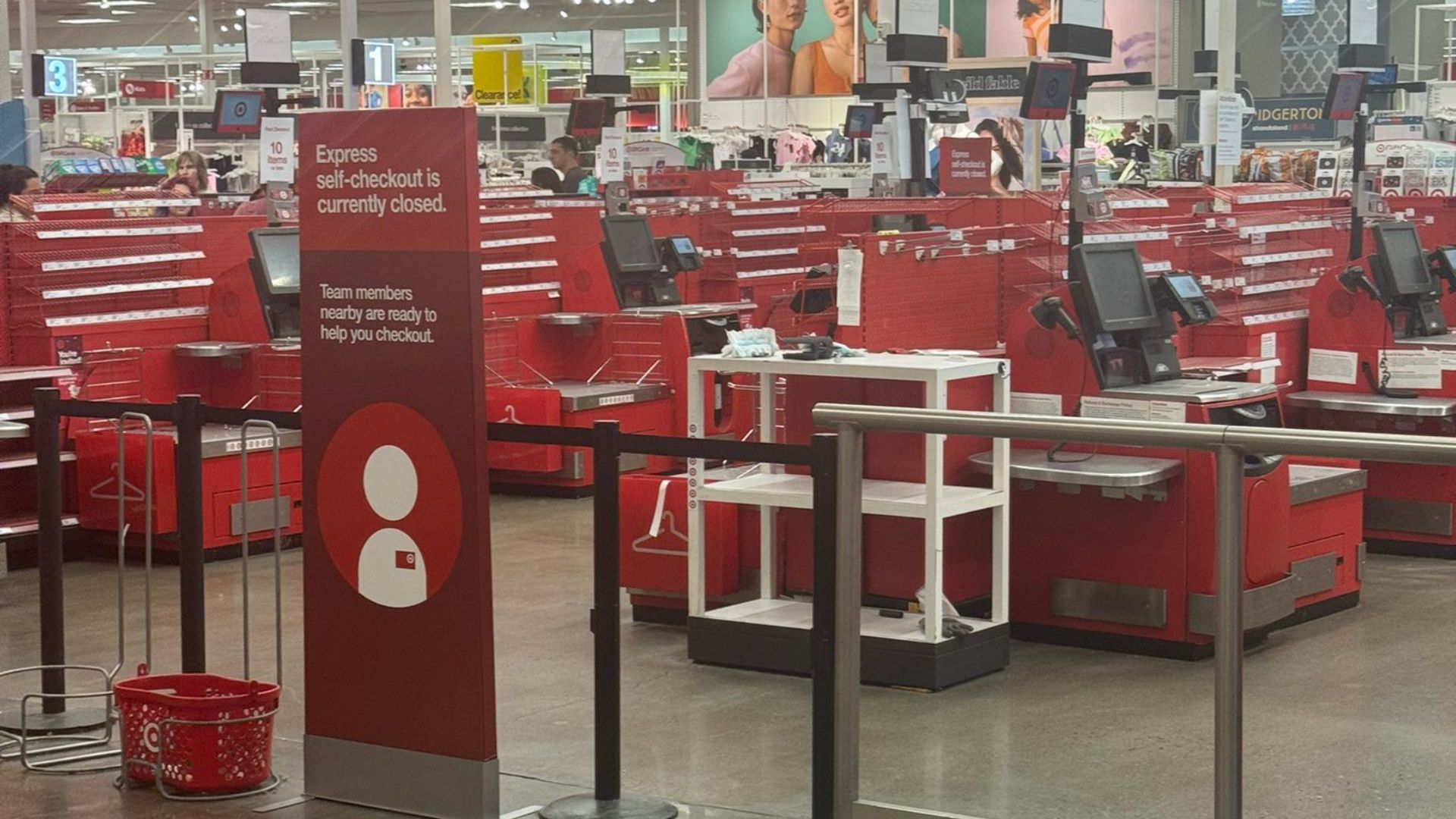
California has even placed some restrictions on self-checkout machines that stores in the Golden State must follow under strict conditions.
This new law limits the number of items that can be checked out at a self-checkout machine at any one time. Customers can only take ten or fewer items through the self-checkout. If they have eleven or more items, they must go to a cashier lane.
Tipping Tops up Wages for Minimum Wage Workers

The initial purpose of tipping was to increase the wages of minimum-wage workers. While this wage can vary by state, the federal minimum wage is $2.13 an hour for waitstaff, bartenders, and other service workers.
This means that the amount that person takes home should increase due to the tips they receive. If they don’t receive tips, they don’t earn enough to afford the basic cost of living.
Customers Are Paying Employees’ Wages

With the rise in digital tips, researchers are worried that they are being used solely to pay employees’ wages, as opposed to companies raising these wages or paying for them themselves.
This means that more research needs to be done to ensure this isn’t happening. If it is, action will need to be taken against them.
People Feel Pressured to Tip
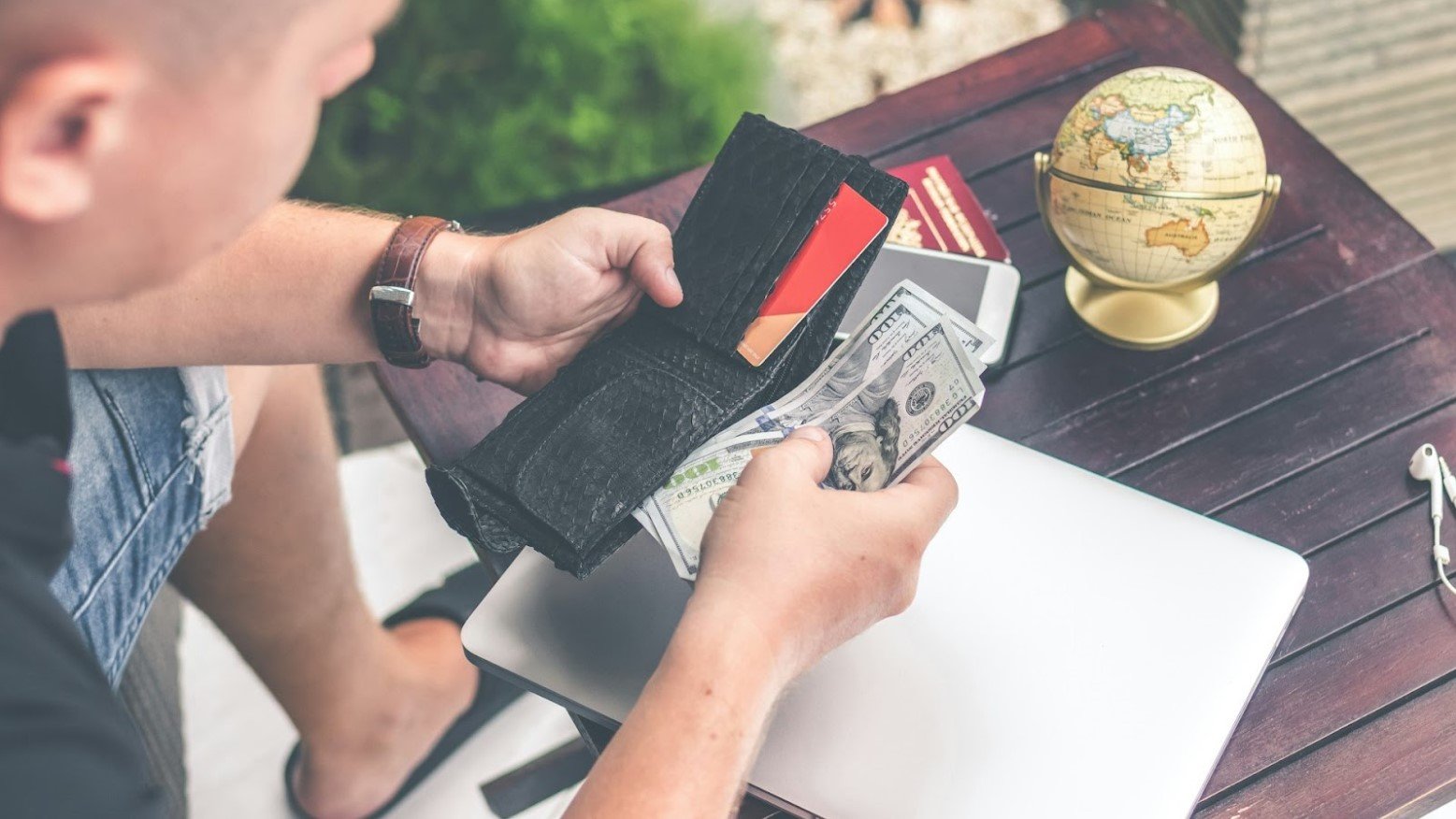
Tipping screens at checkouts leave people feeling pressured to tip when they normally wouldn’t have, even if an employee has done little to nothing to assist a customer.
According to a survey by PlayUSA, 51% of people had given a tip when an iPad asked them to, and 54% feel pressured to tip when the employee turns the iPad away.
Digital Payment Is Driving More Tipping

There has been a proliferation of tipping screens recently and a fast acceleration of prompts for people to leave a tip.
The adoption of digital payment systems across virtually every sector has made it extremely easy for businesses to include a tip request screen as a standard part of a transaction process. 45% of respondents to the PlayUSA survey said they feel they’ve been tipping more over the last few years due to more businesses asking for a tip during checkout.
Tipping Prompts Are ‘Emotional Blackmail’
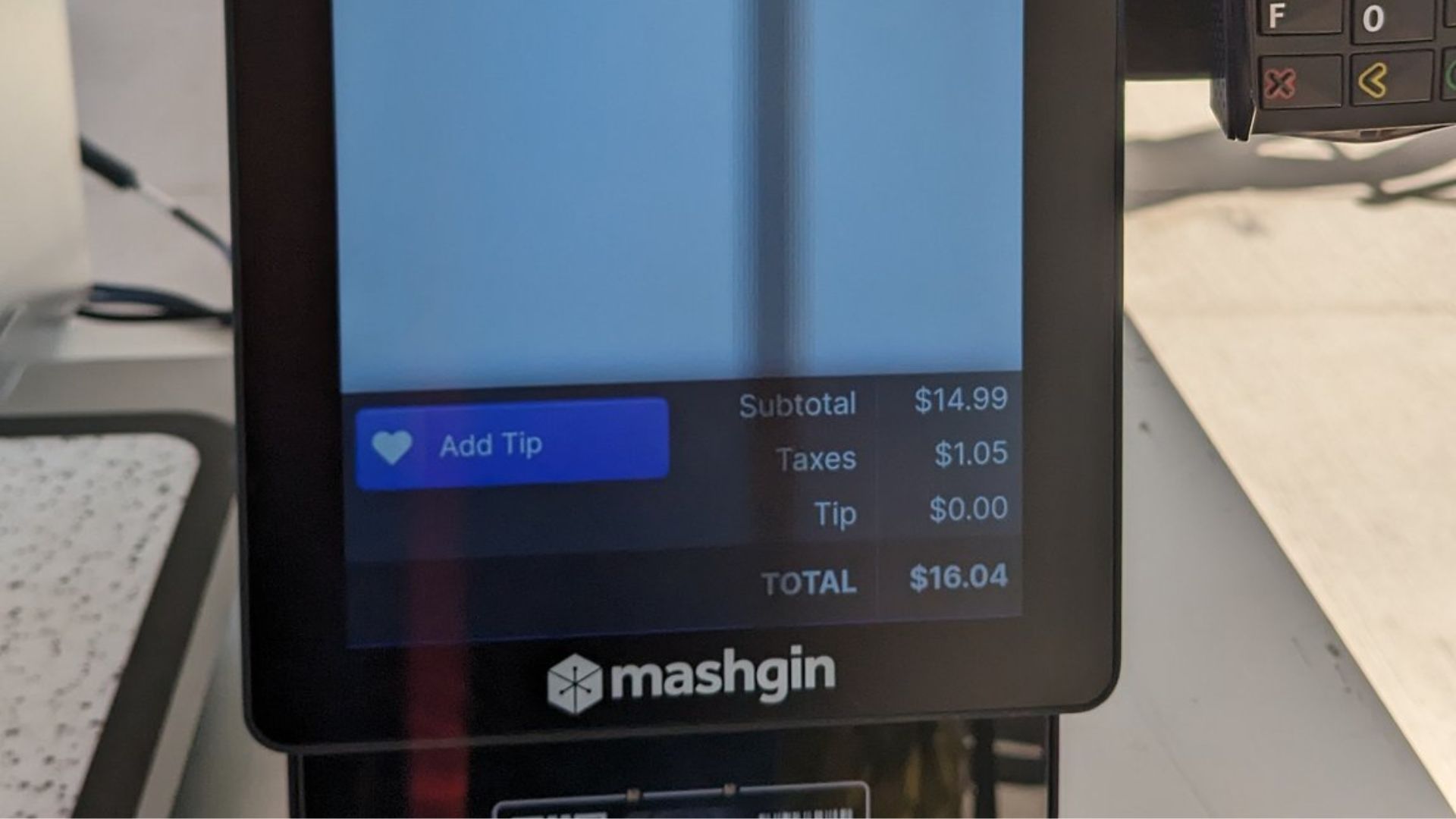
With tipping prompts now being digital, some have referred to this as “emotional blackmail.” This comes after one customer was prompted by a self-checkout machine to tip when all he was buying was a bottle of water.
It has even caused others on social media to ask their followers what the most ridiculous place is that they’ve been asked to tip.
The Pandemic May Have Shifted Tipping Behaviors

Tipping screens pre-date the COVID-19 pandemic, but experts believe tipping behaviors during the pandemic may have contributed to this widespread growth of tipping screens.
During the pandemic, consumers tipped generously to show their support for businesses and employees impacted and to express sympathy for those who worked in environments that increased their chances of contracting the virus.
Tip Fatigue
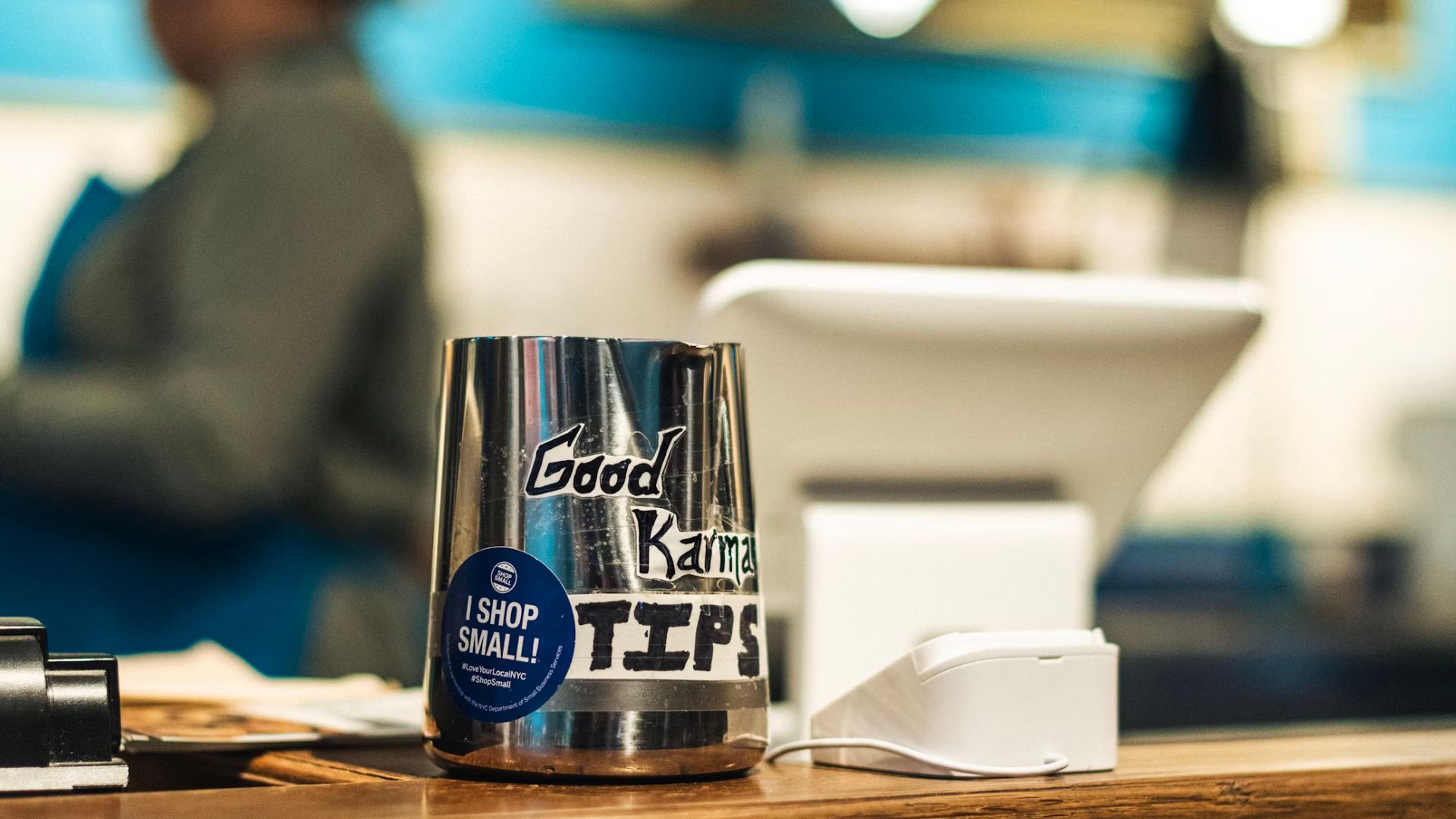
Since the COVID-19 pandemic, customers have reported feeling tip fatigue, a term never used.
This is all down to tipping culture not being what it used to be. Tipping was simple and straightforward, but now it is overly complicated and leaves many confused.
It Makes Sense for Businesses
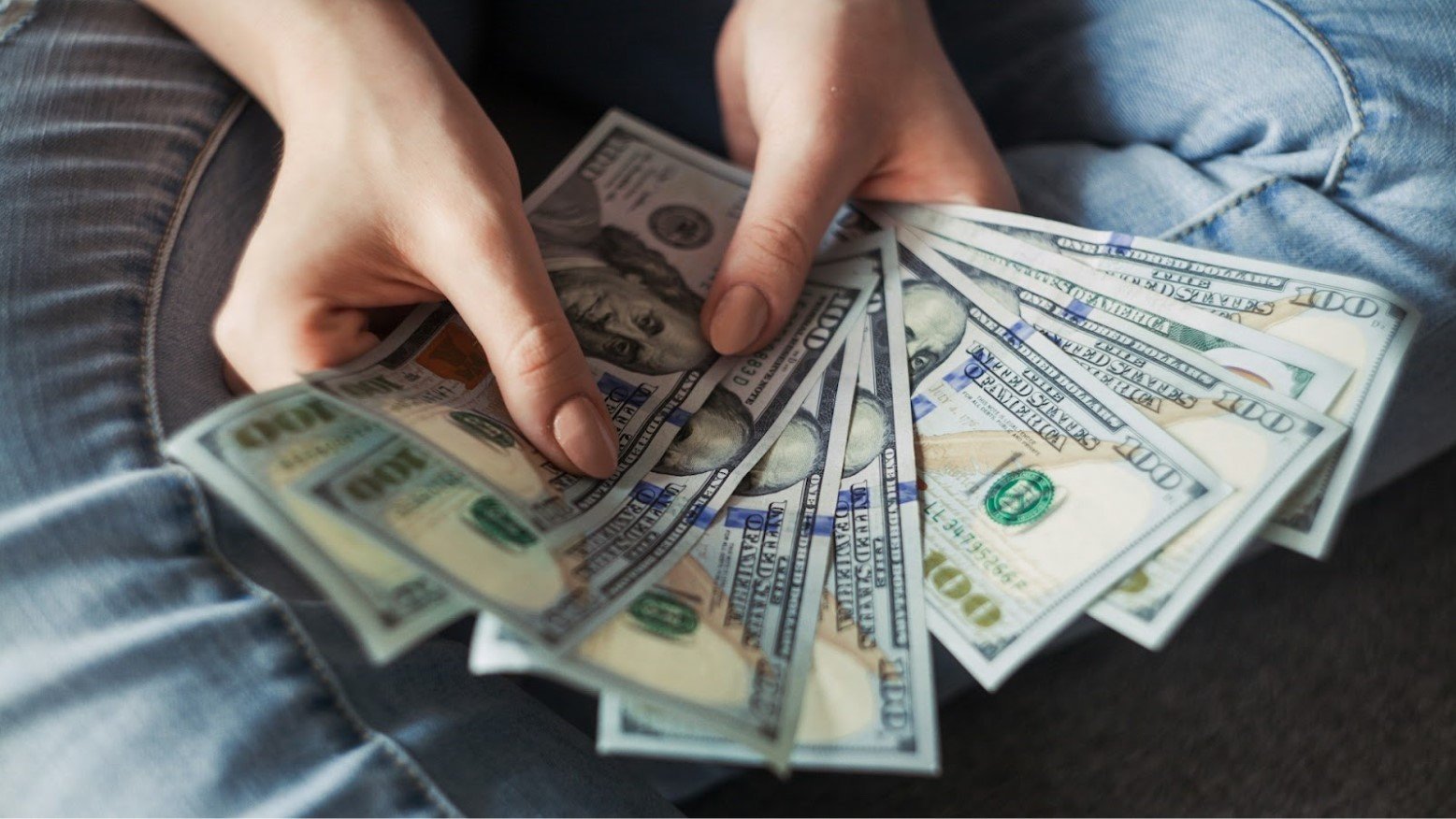
Tipping screens and prompting customers to tip when using self-checkouts present an opportunity that businesses obviously wish to exploit. Why would businesses not wish to exploit a potential avenue to get extra money for practically no cost?
For their part, business owners claim that automated tipping cues benefit employees. They say that using them significantly increases gratuities and boosts staff pay.
Digital Tipping Generates More Money for the Company
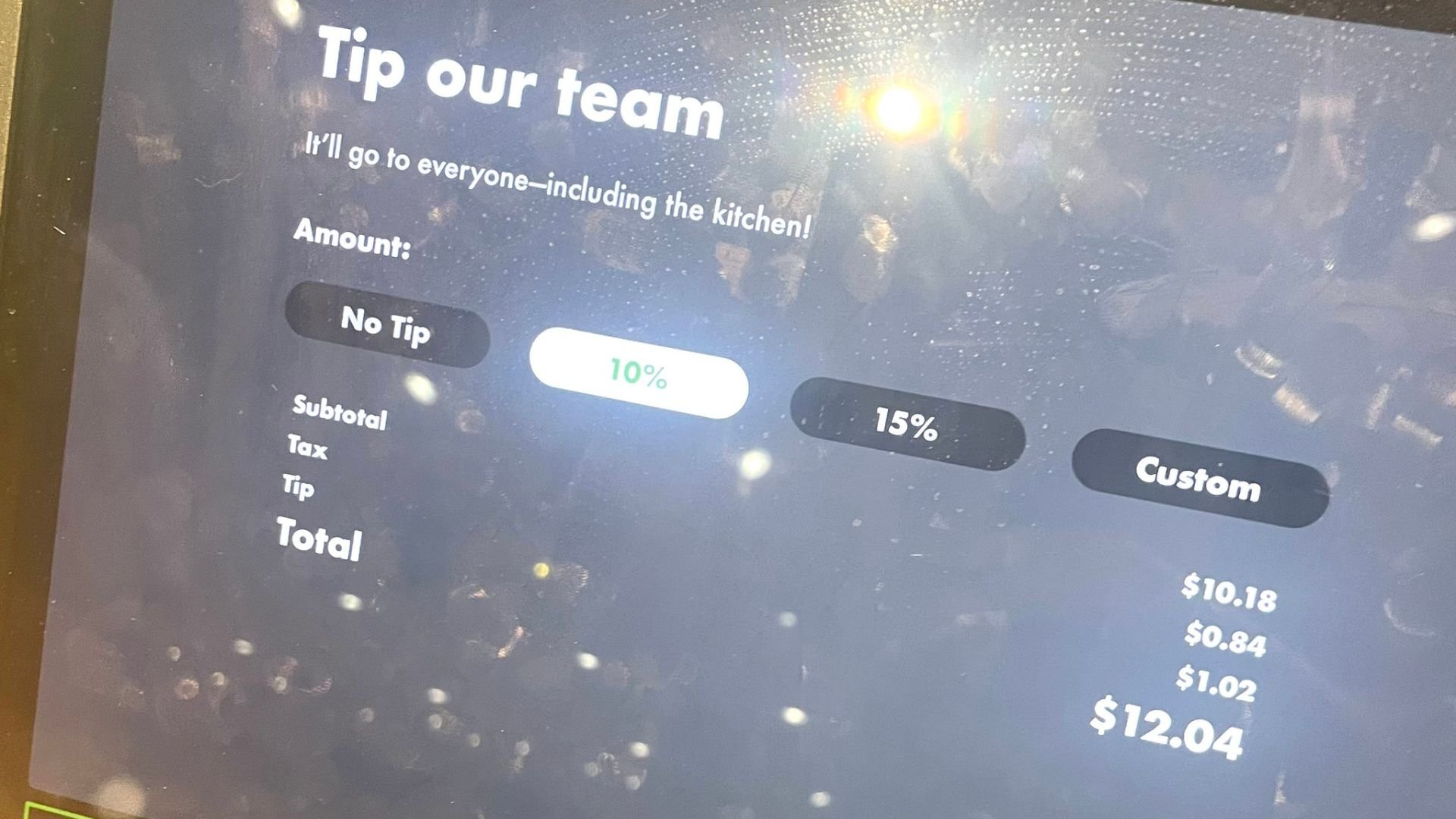
One person investigating the rise in digital tipping has stated that she also believes companies have introduced this only to help them generate more money.
However, none of this has been proved, and not enough research has gone into it, so this is currently just speculation and rumors.
Customers Are Happy to Tip the Right Workers

Tipping a person for goods and services rendered is a direct expression of appreciation for the work they have done. This is probably why in the PlayUSA survey, 83% of respondents always tip at a sit-down restaurant.
People want tips to go straight to workers, something that is required by law in the state of California. The law prohibits employers from sharing in or keeping any amount of a gratuity left for a given employee or employees.
Tipping for a Hotel Room

One social media user even complained about being asked to tip when booking a hotel room. At this point, this person hadn’t received any help or service from an actual employee.
This only shows how far tipping culture has gone, with many believing that it has gone too far now and that something needs to be done.
Consumers Are Concerned About Transparency
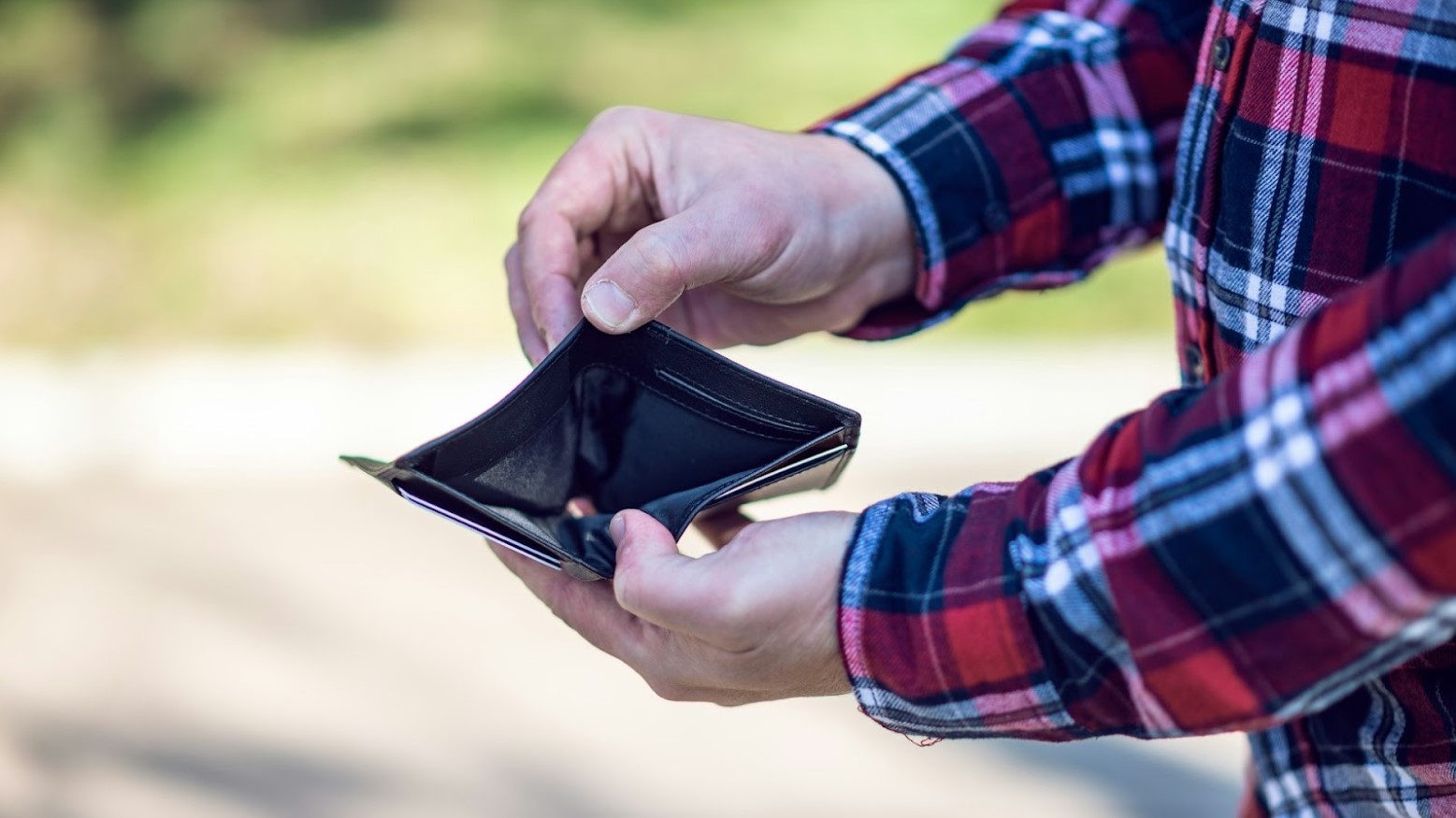
If you put some money in a tip jar or tell someone to keep the change, you can directly see the person you are tipping get the money you’re giving. But when you tip through a screen, it’s far less transparent as to where that money goes.
Press a button on a screen, and you have no assurance the employee who served you is getting that tip. Follow a prompt on a self-checkout, and you may not even see an employee near you to hypothetically get this tip. Many consumers likely wouldn’t be happy giving a tip that could theoretically be kept by the business and not passed on to staff.
Already Paying Lots of Money

One of the main issues customers are having is that they have already paid a lot of money for the products/services they are receiving. For example, a woman at an airport paid $400 for a flight and $35 for a checked bag and was still asked to tip.
This has led many to question why they are paying so much money for all of this only to feel like they are being forced to pay more.
Automated Tipping Seems to Be Proliferating
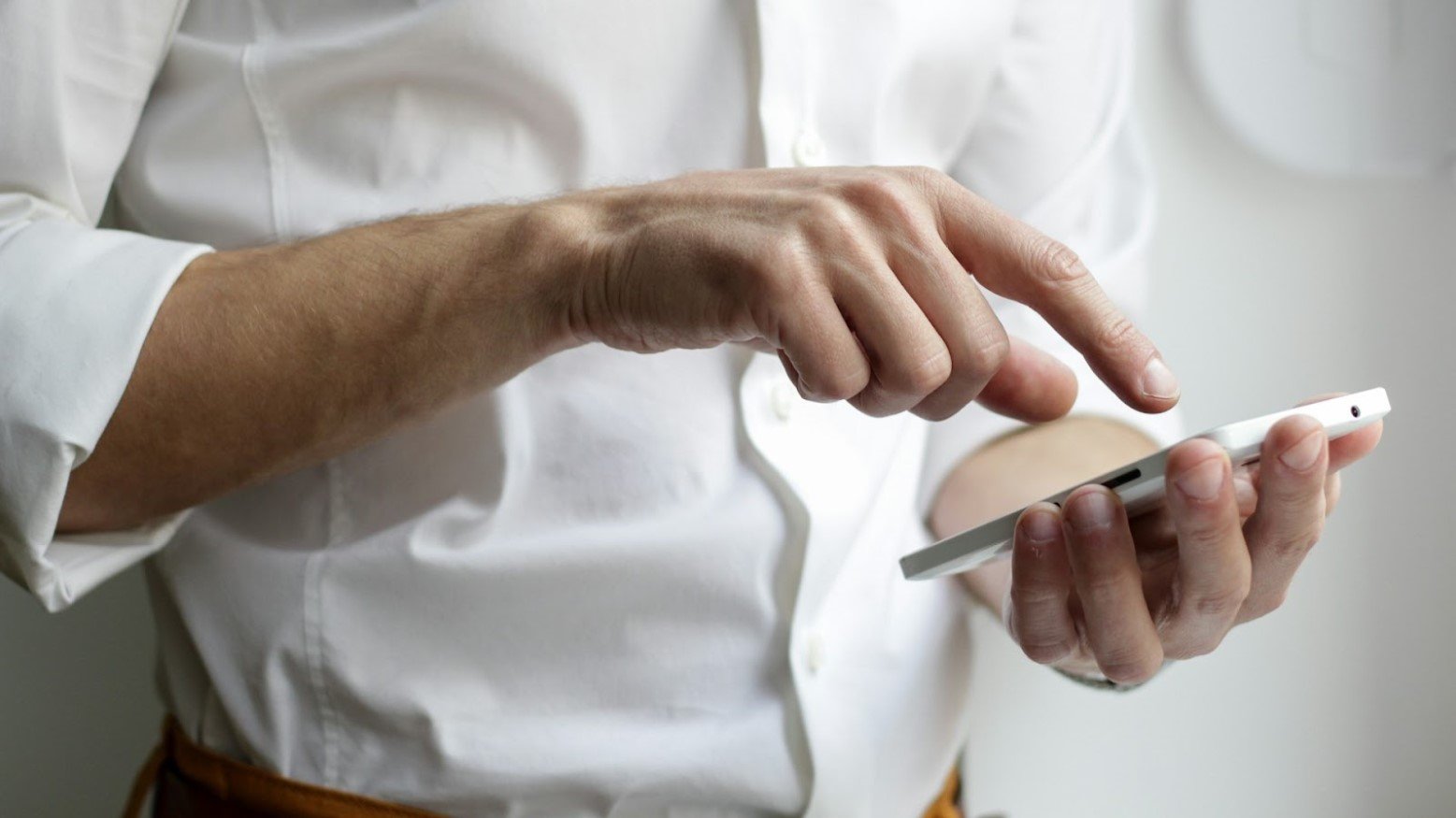
Tipping is becoming more common among other employee-free shopping experiences, including apps. In some cases, a gratuity is included in such transactions.
An investigation into the travel app Hopper revealed that it automatically adds a tip at checkout. Customers have to opt-out if they do not wish to pay this gratuity for what is an automated transaction with no contact with an employee to receive the tip.
Customers Only Tip When Employees Have Helped Them

The rise in tipping, especially digital tipping, has led to customers now refusing to tip anyone unless they have been served by an actual employee.
This is the only occasion where they can understand being asked to tip, especially if the employee has gone above and beyond for them. If this hasn’t happened, the company won’t receive any tips.
Ultimately, It’s the Customer’s Choice

When you’re the one bagging up your own groceries or rendering your own service through an app, being met with a prompt to leave a tip is understandably frustrating. What exactly are you tipping for? Who are you paying? Ultimately, you’re well within your rights to not leave a tip — even if you feel pressured to do so by an employee hovering in the self-checkout area.
Where consumers need to pay attention is if any online or self-directed commerce processes include a tip as standard. Here, it’s important to know you need to opt out, especially if you’re uncomfortable with not knowing exactly who your tip is going to.
